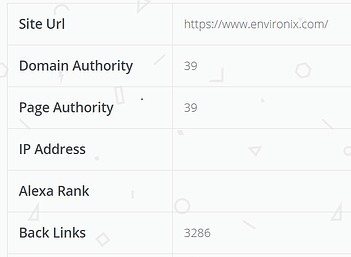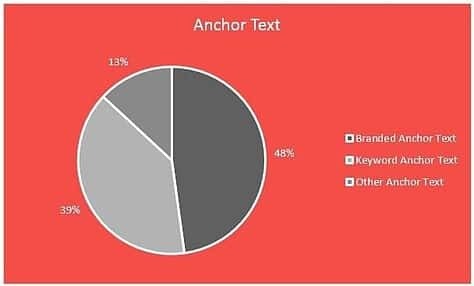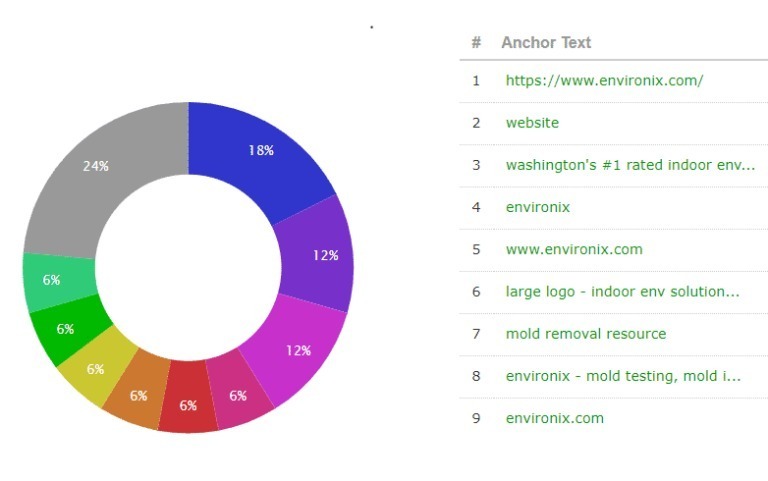Have you ever wondered, “what is SEO and how does it really work?”
What can you do to increase organic traffic to your website?
Allow me to explain how SEO works in simple terms and provide you with easy fixes that will streamline your SEO processes.
What is SEO in 2025 and why is it important? SEO Basics 101
A successful SEO strategy in 2025 involves working with your website to align it with Google’s algorithm. The infamous, always changing algorithm analyzes your website and decides if it meets the Google guidelines. How does it analyze your site? Google forms a judgement about your website by dispatching a bot that crawls your site and logs the information it’s looking for in its server.
Once Google analyzes your site, it then decides where and what to rank you for.
Does my site align with TRAP?
If you’re exploring SEO for beginners in 2025, you should familiarize yourself with the concept of TRAP.
TRAP is our choice of SEO marketing strategy, and it stands for:
- Technical
- Relevancy
- Authority
- Popularity
These are the four major categories Google analyzes when crawling your site and gathering data for its server.
Every “fix,” adjustment, or addition you make to your website and its content can be categorized in one of these four areas.
Does my site follow the technical SEO 2025 Guidelines?
When asking how to do SEO, the first thing to look at is the “Technical” element of TRAP which has two major categories: site speed and security.
Site speed has to do with how fast your site loads when someone clicks on it from Google.
The first thing you should do is scan your site with GTmetrix to get a benchmark of where your site is at today.

Here is an example: The ideal metrics to shoot for are:
- Fully loaded time to be under three seconds
- Page speed score to be at or above eighty percent
- YSlow score to be above sixty percent
This is an SEO basics tutorial, so for the sake of keeping things light, we’ll only focus on the fully loaded time.
This is the part where you will really want to consider your website hosting service.
Most people use a cheap, shared hosting plan. This may have seemed like the right solution at the time, but ultimately bogs down your site speed as your website continues to grow.
Switch to a VPS or dedicated hosting service to increase site speed and help with the technical side of SEO.
Here is an in-depth tutorial on how to switch web hosts.
There are many more ways to improve site speed, but for the sake of simplicity, I only went through this one.
If you are ambitious and want to make more changes, here’s a link to an article detailing the other types of fixes you can make.
The next thing you need to ask is “how secure is my site?” which basically involves http vs https. When communicating data, Google frowns upon any data that isn’t encrypted.

If your site isn’t secure, it’s absolutely affecting your rankings. You can check to see if your site is secure by looking at the URL — does it have http or https at the start?
Here is an in-depth tutorial on how to get your site moved over to HTTPS. This has the most immediate impact on search engine ranking. You can always perform a Google ranking check in order to see how improving security affects your SEO.
How relevant is your content?
Relevancy deals with the content on your site and how well it’s organized.
How do you generate relevant, organized content? Or how do you deal with duplicate content that isn’t linked up correctly and organized? To answer these, here are some basic SEO methods that will improve the relevancy of your site.
One of the most popular 2025 SEO trends is looking carefully at the duplicate content on your site. Since we know that Google penalizes duplicate content by decreasing your rankings, let’s use Siteliner to do an analysis of your site.
Open up Siteliner and input your site.
 Once Siteliner finishes, you’re going to see something similar to the above.
Once Siteliner finishes, you’re going to see something similar to the above.
Click on “Duplicate Content” over on the left. You will see a percentage figure; this particular site has 19% duplicate content. Ideally, that figure should be 10% or less.

Once you click on “Duplicate Content,” you will see a breakdown similar to the one above. Click on the first page and you should see something like below.

On the righthand sidebar, you will see the pages with words matching on them. Make note of these pages and rewrite them to reduce your duplicate content percentage to 10% or less.
This is a simple but BIG fix to your website’s content and relevancy rating. If you’re seeking an even more in-depth guide on creating unique and relevant content, click here.
Does my site have Authority?
Authority is a measure of how powerful your website is according to Google. To check your site’s authority rating, you should definitely use Checkmoz.

You can see that the Domain Authority rating is quite sturdy here. It is not simply a 1-100 scale…it’s a logarithmic scale with large leaps and bounds between levels.
Having a domain rating of 39 is quite good!
But what is a backlink? A backlink is a hyperlink on a webpage to another website.

As far as vocabulary surrounding backlinks, you might hear the term “anchor text.” – this refers to the words that you are using to hyperlink (they’re the ones that are colored, WITH the link).
Now there is a split between both domain authority and page authority.
Your domain authority is determined by all of your website’s backlinks and the domain rating of the websites that are sending those backlinks — otherwise known as the “quality of the backlink.”
Page authority is simply a score that is computed based on the number and quality backlinks going to that particular page.
In SEO how do we define a high-quality backlink?
Well, a high quality backlink has a domain authority and page authority rating of 20+ with content that is highly relevant to what you’re linking to.
Anchor Text
Let’s talk about anchor text, which is related to your brand and the keywords you’re going after.
There are three types of anchor text:
- Branded anchor text which contains your brand name
- Keyword anchor text which is the keywords you’re going after
- “Other” which is the miscellaneous text like “click here” “visit website” etc…
Here is the ideal anchor text ratio:

How do you determine your current site’s anchor text ratio? I use a tool called Majestic which allows you to analyze your anchor text for free.
It is as simple as inputting your website domain into the site, and then scrolling all the way to the bottom — you should see something like this:

This anchor text ratio isn’t ideal but as you can see they have branded, keyword, and miscellaneous anchor text.
For more on authority and a comprehensive SEO guide on backlink building click here.
How popular is my content?
The last part of Google’s algorithm is popularity, which considers how much traffic, interaction, and social media shares a certain piece of content is getting and ranks it accordingly. Essentially this is part of Google’s SEO algorithm which can determine what content will “go viral.”

How can you create popular content? The best advice I can give is that you need content that is user-friendly and shareable. Let’s get into how you can do that.
To create popular content, you first need to first understand your audience and how they search for what you offer. What’s your audience’s language? What information are they looking for?
Next, you need long-form content. This can be defined as any content with at least 1,000 words. This component is more for search engines, but long-form content always outranks short-form content.
Next, you need to have a clear call to action on the post, otherwise, you’re losing out on potential leads and customers interacting with the post.
The next thing is to make sure people can share the post. Do you have social media buttons easily accessible on the post?
Finally, make sure your content is user-friendly. Is it easily scannable by people? Or is it a block of text with no pictures? Does it move people emotionally, or is it just a clump of facts that isn’t entertaining?
Package your information in a way that will resonate with your audience. For more information on how to make content that resonates with your audience, click here.
How to measure the success of SEO?
Now that you’ve done some basic SEO fixes on your website, how you can measure the success of your work?
Search Console is one of Google’s free tools that has a whole host of features. Most importantly, it lets you track your web traffic, impressions, and keywords.
Here is a link to a tutorial on how to install this on your site.
Once you have it set up, open search console and select your website property, and you should see something like this.

Click “Search Analytics” which should bring you to this screen:

Check “Impressions” and click where it says “Dates”, then mouse over “Compare date range” and click “Compare to last 28 days.” This gives you a comparison of traffic, impressions, and overall position of your keywords compared to last month.
If you’re are aligning your website with TRAP, you should see steady growth in clicks and impressions compared to the previous month.
Any Questions?
I have only scratched the surface of TRAP in this blog post, but if you want to learn more about how to optimize your website check out our SEO cheat sheet.
